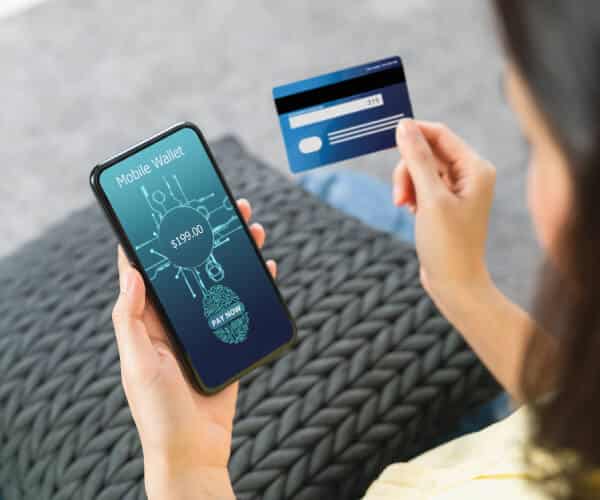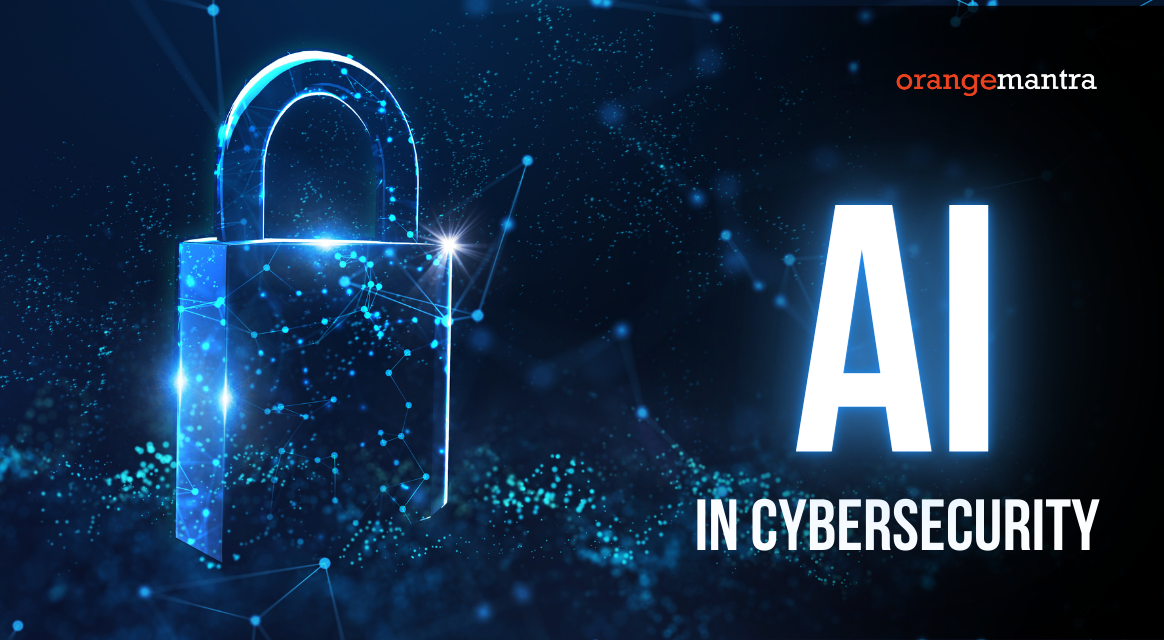C
- Chatbots
- CI/CD Tools
- Cloud Configuration
- Cloud Consulting
- Cloud Infrastructure
- Cloud Managed Services
- Cloud Management
- Cloud Migration Solutions
- Cloud Security
- Cloud Workspace
- Code Analysis Tools
- Compliance
- Configuration Management
- Container Security
- Continuous Delivery (CD)
- Continuous Deployment
- Continuous Integration (CI)
- Continuous Monitoring
- Conversational AI
- Credential Management
- Cross-Site Scripting (XSS)
- Cryptography Compliance Audits
- Customer Experience Strategy
- Customer Intelligence
- Cyber Security
Multi-Factor Authentication (MFA)
Simple Definition for Beginners:
Multi-Factor Authentication (MFA) is a security method that requires users to provide two or more forms of verification to access an account or system, typically combining something they know (e.g., a password) with something they have (e.g., a mobile device) or something they are (e.g., biometric data).
Common Use Example:
When logging into an online banking account, users may need to enter their password (something they know) and then confirm their identity using a one-time code sent to their mobile phone (something they have) to complete the authentication process.
Technical Definition for Professionals:
Multi-Factor Authentication (MFA), also known as two-factor authentication (2FA) or strong authentication, enhances security by requiring users to provide multiple forms of evidence to verify their identity before granting access. Key aspects of MFA include:
- Authentication Factors:
o Something you know (e.g., password, PIN)
o Something you have (e.g., smartphone, hardware token, smart card)
o Something you are (e.g., fingerprint, facial recognition, voice pattern)
- MFA Methods:
o One-time codes sent via SMS, email, or authenticator apps (e.g., Google Authenticator, Microsoft Authenticator)
o Hardware tokens or smart cards that generate authentication codes
o Biometric authentication using fingerprints, facial recognition, or voiceprints
o Geolocation checks to verify the user’s physical location
o Time-based OTPs (One-Time Passcodes) generated by authenticator apps or devices
- Workflow:
o During login, users enter their username and password as the first authentication factor (something they know).
o They then provide a second factor (something they have or something they are), such as entering a code from their mobile device or scanning a fingerprint.
o If both factors match the user’s credentials and are verified, access is granted.
- Security Benefits:
o Increases security by adding an additional layer of protection beyond passwords, reducing the risk of unauthorized access due to stolen or compromised credentials.
o Mitigates various security threats, including phishing attacks, credential stuffing, and password theft.
o Enhances compliance with regulatory requirements and security standards that mandate strong authentication practices.
- User Experience:
o Balances security with usability by providing convenient and user-friendly MFA methods, such as push notifications, QR code scanning, or fingerprint recognition.
o Offers flexibility for users to choose MFA methods that suit their preferences and devices.
Implementing Multi-Factor Authentication strengthens security defenses, safeguards sensitive data, and reduces the likelihood of account compromise in today’s evolving threat landscape.
Multi-Factor Authentication (MFA)

